NASA Discovers Hidden Connection Between Earth’s Core and the Air We Breathe - The Daily Galaxy
7/4/25 at 1:23am

Earth’s magnetic field and oxygen levels are tied together? NASA’s discovery could change everything...
Viewed by
You are the first to view
News - Megalithic Stone Monuments in France May Be Europe's Oldest - Archaeology Magazine
7/4/25 at 1:23am
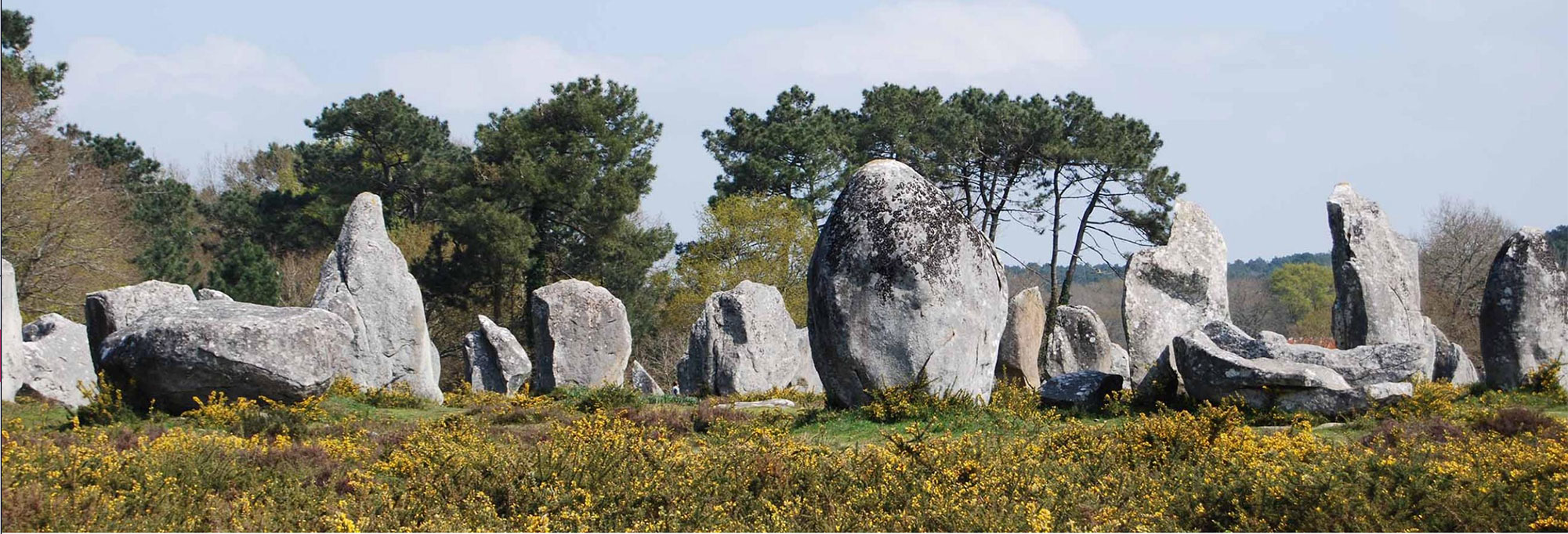
CARNAC, FRANCE—The southern coast of the French region of Brittany is home to one of […]
Viewed by
You are the first to view
Scientists detect a rare slow-motion earthquake along Japan’s tsunami fault - Earth.com
7/4/25 at 1:23am

Scientists detected a slow-motion earthquake off Japan, offering rare insight into hidden faults and tsunami risks beneath the seafloor.
Viewed by
You are the first to view
Space Funeral Craft Crashes, Ejects 166 Remains At Sea - Jalopnik
7/4/25 at 1:23am
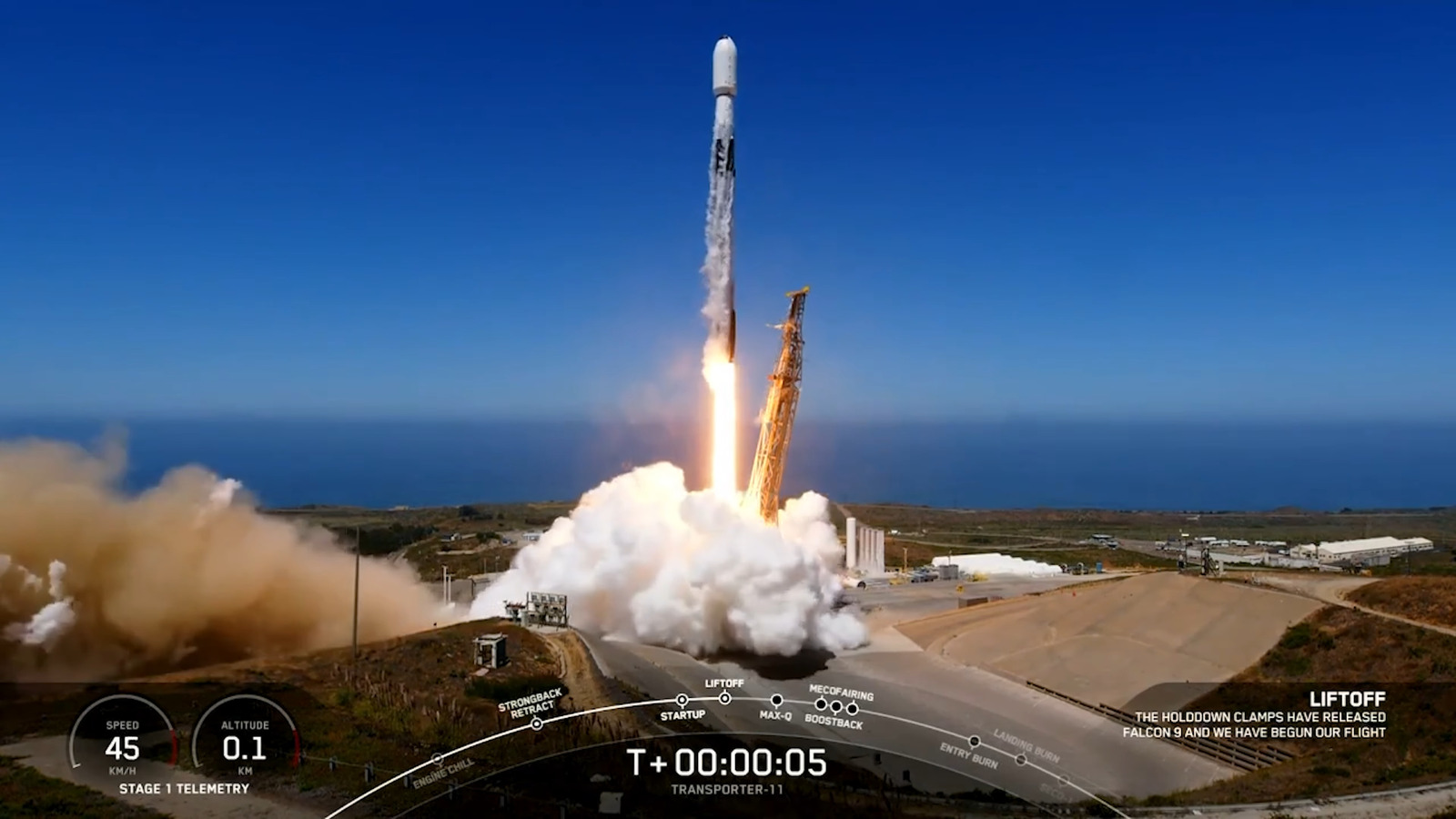
When your space-obsessed loved ones die, you can spend $3,500 to send their cremated remains out into orbit.
Viewed by
You are the first to view
NASA's Curiosity rover takes a closer look at 'spiderwebs' on Mars photo of the day for July 1, 2025 - Space
7/4/25 at 1:23am
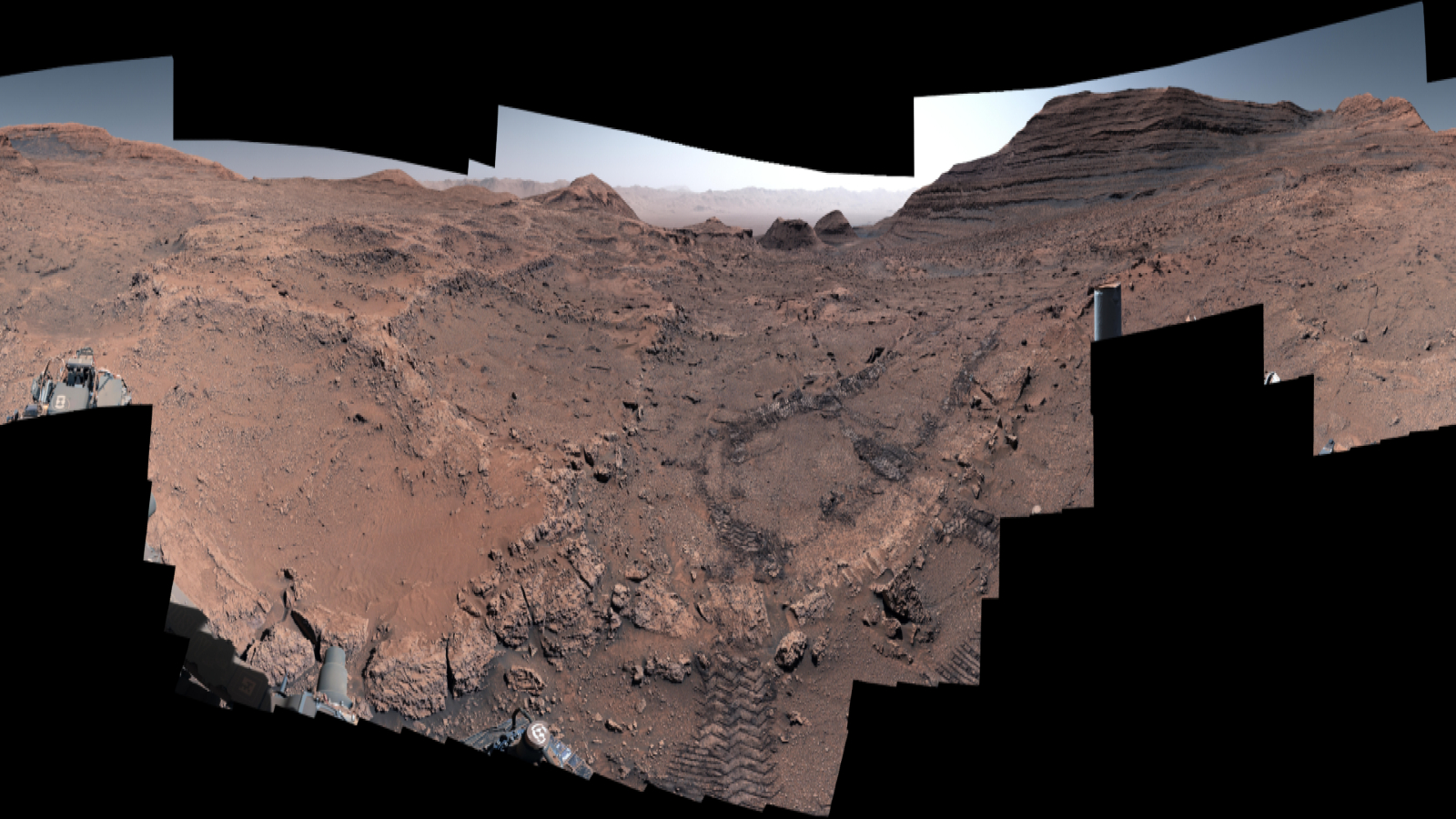
The Mars rover captured images of low ridges called boxwork patterns, which appear like spiderwebs from space.
Viewed by
You are the first to view

Keith’s note: Those of you in the space community know that NASA Science is facing an immense budget cut. Dozens of missions have been cancelled and many missions that are still returning valuable data are being shut off – in many cases to save a few million …
Viewed by
You are the first to view
Rare NASA Satellite Footage Reveals the Mysterious Tunguska Blast Zone After 115 Years - The Daily Galaxy
7/4/25 at 1:23am

NASA's rare satellite footage unveils the mysterious aftermath of the Tunguska blast.
Viewed by
You are the first to view
Bees' secret to super-efficient learning could transform AI and robotics - Phys.org
7/4/25 at 1:23am

A new discovery of how bees use their flight movements to facilitate remarkably accurate learning and recognition of complex visual patterns could mark a major change in how next-generation AI is developed, according to a University of Sheffield study.
Viewed by
You are the first to view

A strange cold spot has been lingering in the Atlantic, puzzling scientists and challenging climate models for decades. Recent research points to dramatic shifts deep beneath the ocean’s surface.
Viewed by
You are the first to view
'This is the holy grail of theoretical physics.' Is the key to quantum gravity hiding in this new way to make black holes? - Space
7/4/25 at 1:23am
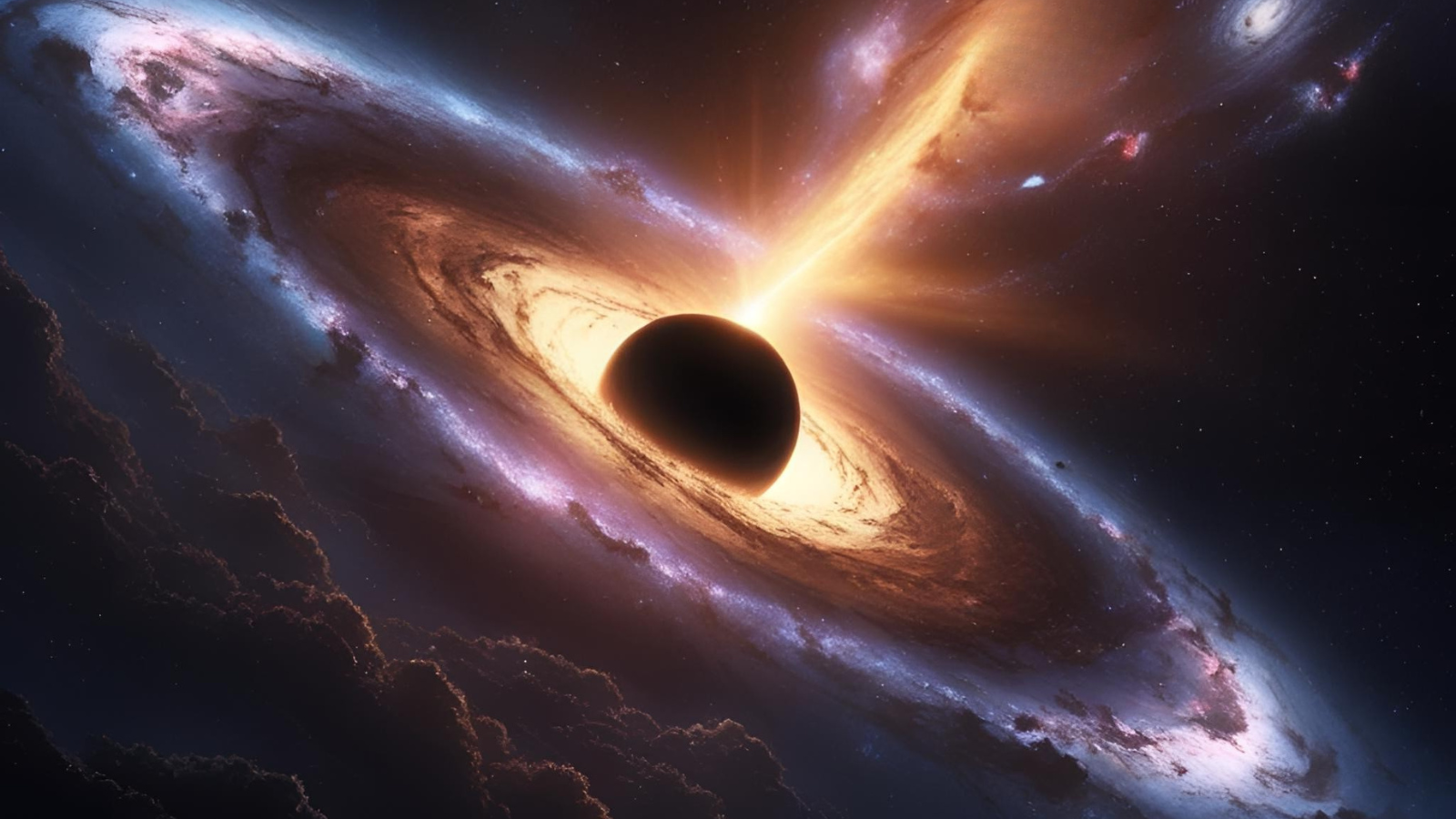
"This work is a step toward understanding how quantum mechanics and gravity work together, a major unsolved problem in physics."
Viewed by
You are the first to view
68 Dark Questions That People Answered - Bored Panda
7/4/25 at 1:23am

You could be the happiest, most cheerful person on the planet. But when it comes time to sit down and relax after a long day, you might put on the most disturbing, unsettling, terrifying documentary Netflix has to offer. And that's nothing to be ashamed of; m…
Viewed by
You are the first to view
A Colossal Telescope in the Desert Just Captured Galaxies We’ve Never Seen Before - Yahoo
7/4/25 at 1:23am

More than a decade in the making, the Vera Rubin Observatory finally released its first image as its begins its groundbreaking 10-year astronomy mission.
Viewed by
You are the first to view

In a recent contest, teams of researchers competed to see who could train an AI model to best pilot a spaceship. The results suggest that an era of autonomous space exploration may be closer than we think.
Viewed by
You are the first to view
AI Crosses a New Frontier: Machines Are Rewiring Themselves to Understand Reality Like Humans, Especially in This Particular Area! - The Daily Galaxy
7/4/25 at 1:23am

A team of scientists has uncovered a hidden ability inside today’s most advanced AI models. Early findings hint at machines quietly building mental maps that seem uncannily familiar.
Viewed by
You are the first to view
Tuesday Telescope: A howling wolf in the night sky - Ars Technica
7/4/25 at 1:23am

“Ever since I saw it for the first time, it’s been high on my list.”…
Viewed by
You are the first to view
'Like finding a tropical seed in Arctic ice,' how a surprise mineral could change the history of asteroid Ryugu - Space
7/4/25 at 1:23am
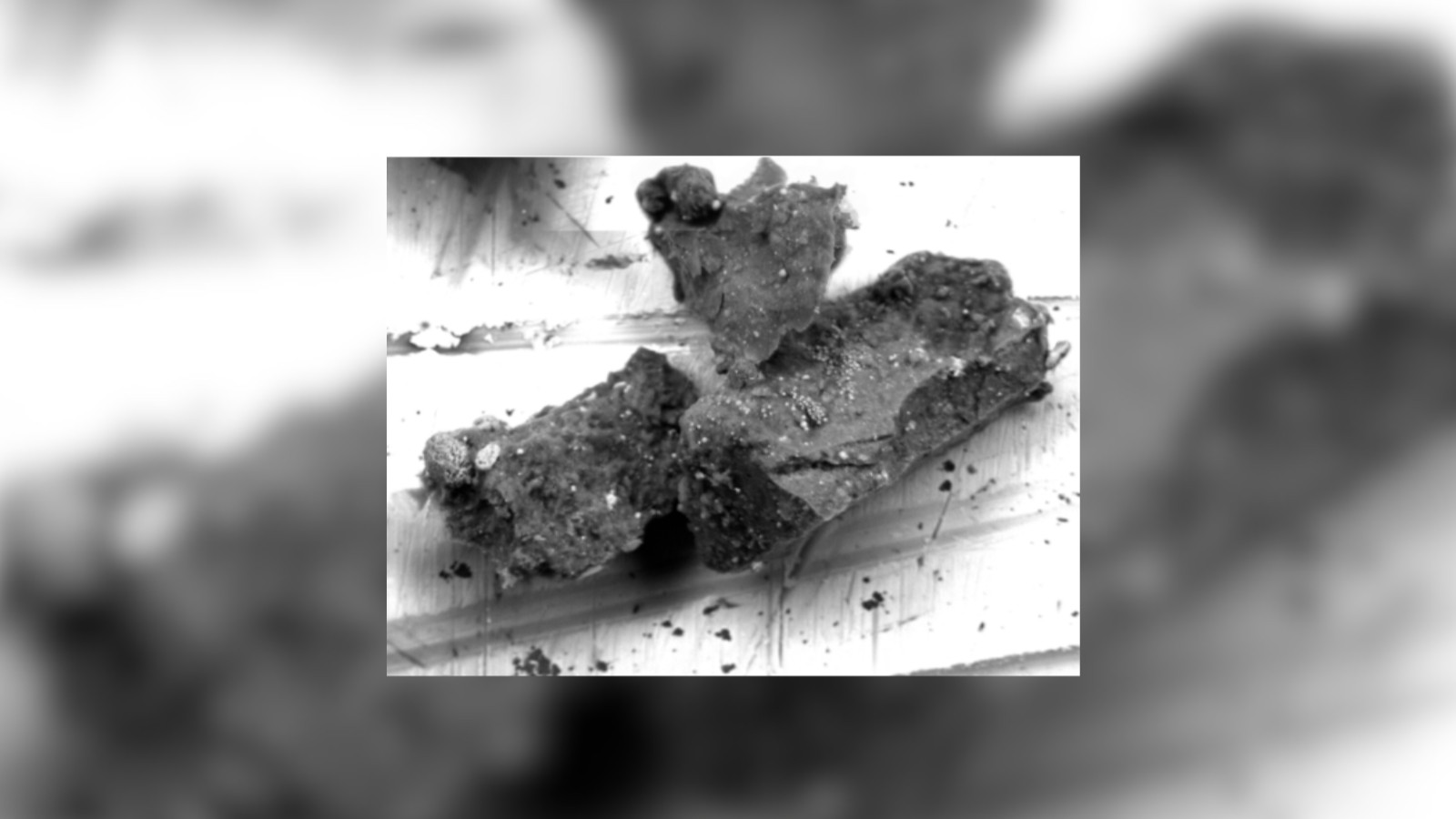
"Its occurrence is like finding a tropical seed in Arctic ice – indicating either an unexpected local environment or long-distance transport in the early solar system."
Viewed by
You are the first to view
US photographer captures International Space Station against fiery Sun in ‘once in a lifetime shot’ | World News - Hindustan Times - Hindustan Times
7/4/25 at 1:23am

The photographer shared stunning ISS transit photos and a quick video on Instagram, calling it a “once-in-a-lifetime shot” as the station zipped past the Sun. | World News
Viewed by
You are the first to view

Originally, the abundance of bright, early galaxies shocked astronomers. After 3 years of JWST, we now know what's really going on.
Viewed by
You are the first to view

Astronomers detect 10 billion-year-old radio waves from a distant galaxy cluster SpARCS1049, revealing a mini-halo that suggests black holes or cosmic collis...
Viewed by
You are the first to view

A NASA satellite that’s been orbiting as space junk since 1967, Relay 2, emitted an unexpected, powerful radio burst that astronomers initially struggled to ...
Viewed by
You are the first to view

Canadian scientists found the oldest known rocks on Earth - dating back 4.16 billion years - shedding light on our planet’s earliest history.
Viewed by
You are the first to view
Astronomers discover a galaxy frozen in time for billions of years: 'Fossil galaxies are like the dinosaurs of the universe' - Space
7/2/25 at 4:46am
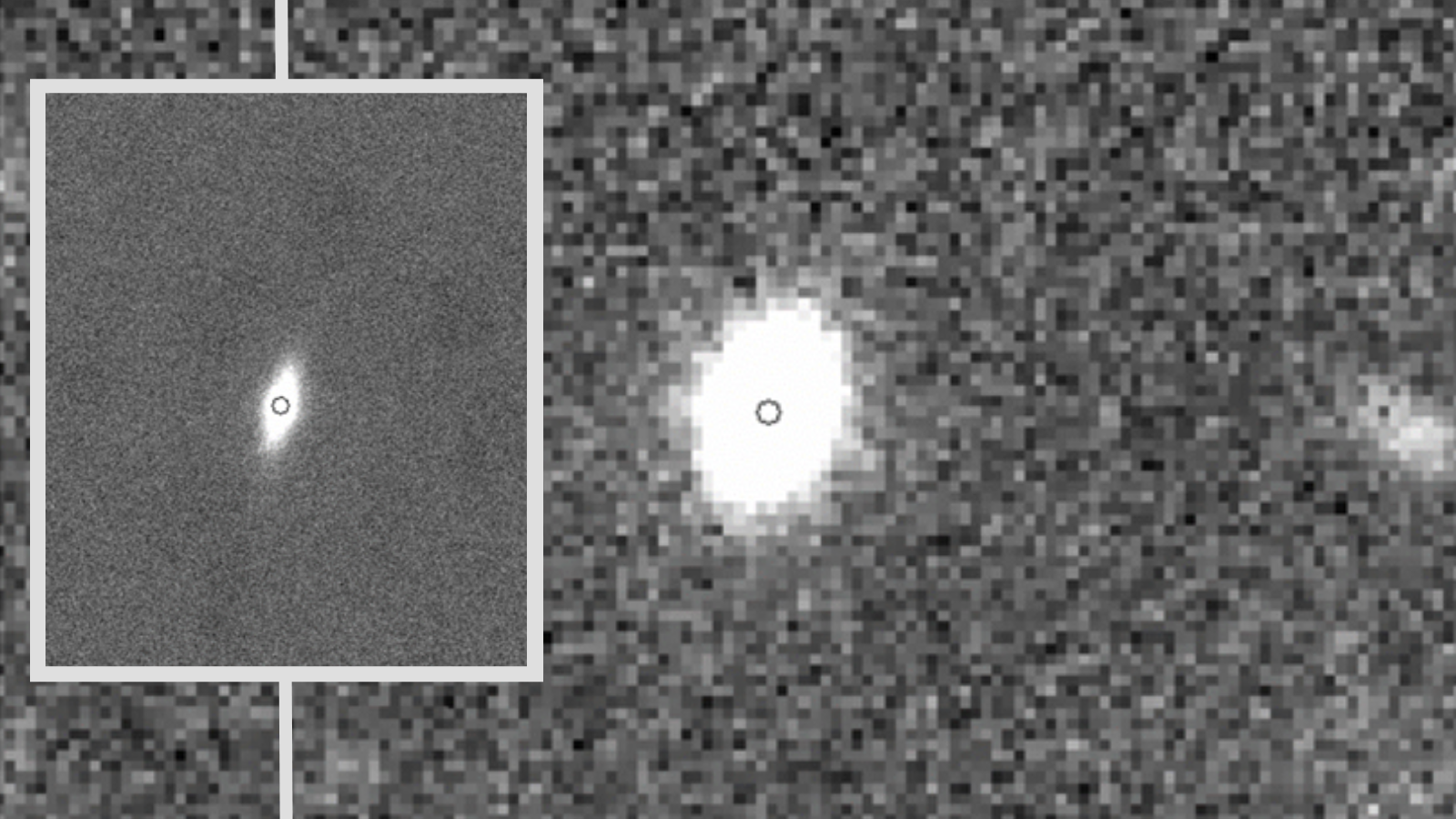
"We have discovered a galaxy that has been 'perfectly preserved' for billions of years, a true archaeological find that tells us how the first galaxies were born and helps us understand how the universe has evolved to this day."
Viewed by
You are the first to view
New Deputy Chief of Staff: Jackie Jester - NASA Watch
7/2/25 at 4:46am

Jaclyn (Jackie) Jester has been selected as NASA's deputy chief of staff
Viewed by
You are the first to view
Meet Henry: The World’s Oldest Crocodile – And He’s Still Growing - The Daily Galaxy
7/2/25 at 4:46am

Henry, the world’s oldest known crocodile, has lived through more than a century of adventures.
Viewed by
You are the first to view
Was ancient Mars habitable? NASA's Perseverance rover is grinding into a 'weird, uncooperative' rock to find out - Space
7/2/25 at 4:46am
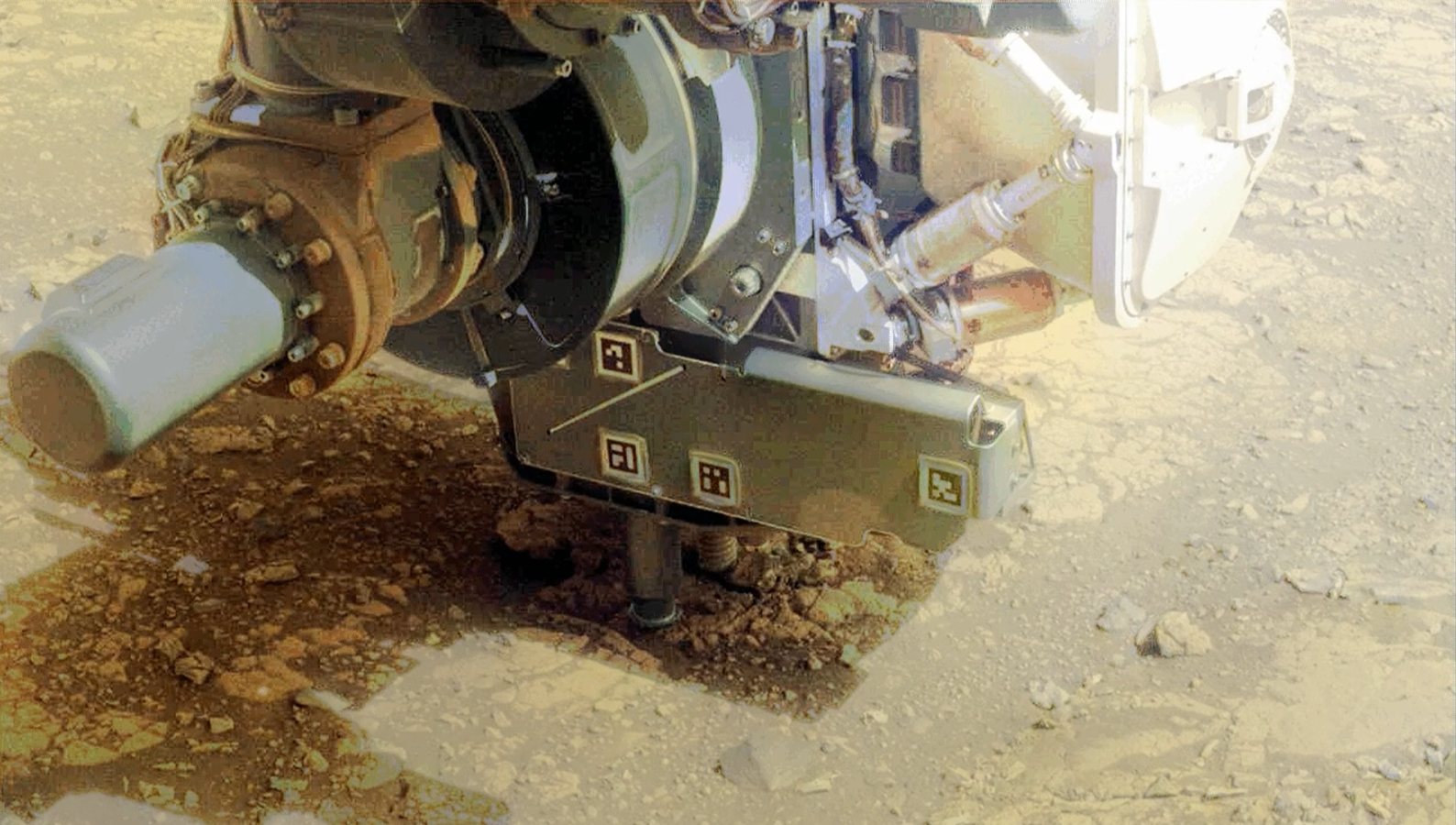
NASA's Perseverance rover is digging deeper into Mars' geologic past as it begins grinding into rock surfaces to expose material that could hold clues to the planet's ancient environment and habitability.
Viewed by
You are the first to view